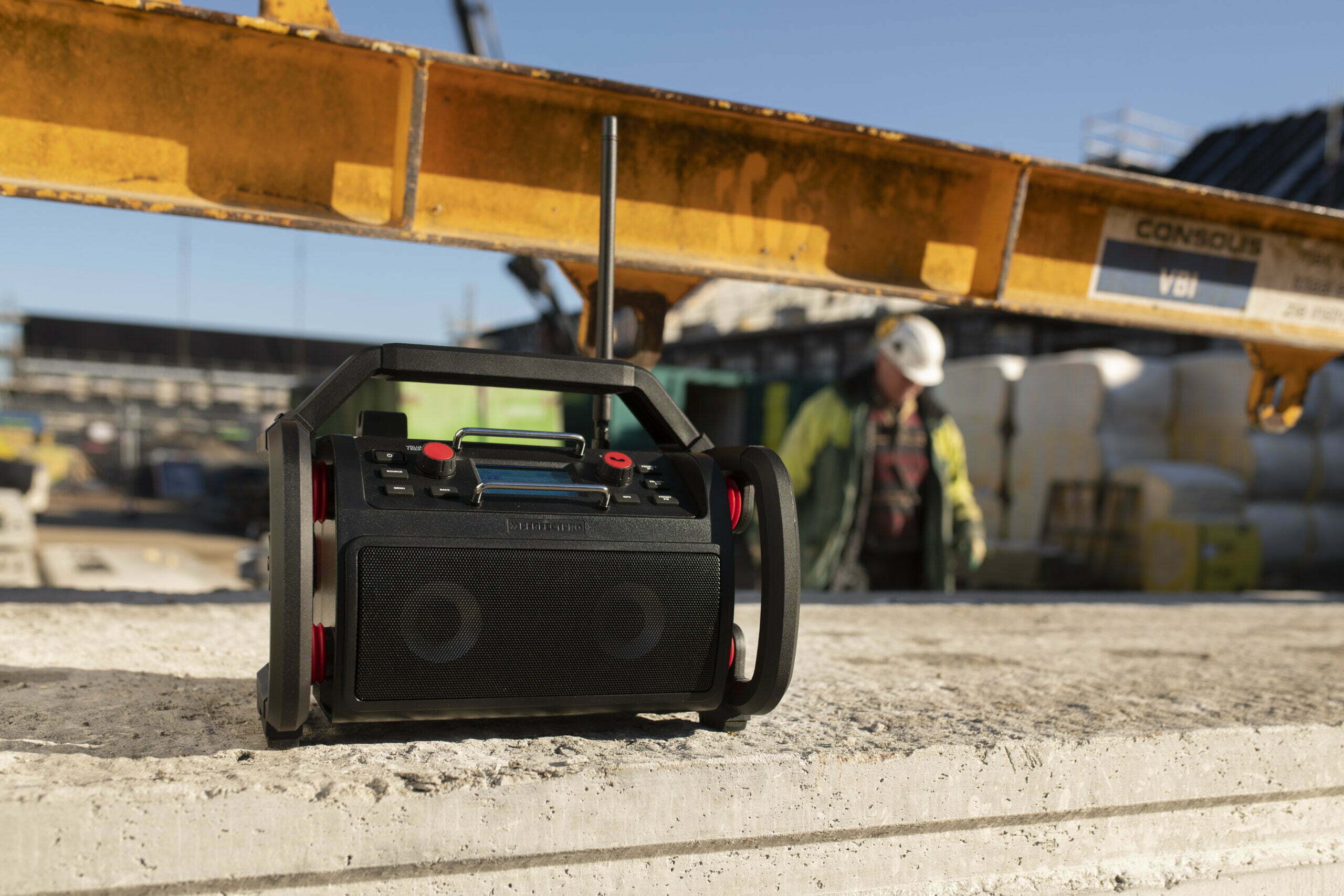DAB+ – The future of radio
Introduction:
The digital age has revolutionized our world and radio is no exception. With the introduction of DAB+ (Digital Audio Broadcasting), traditional analog radio has taken a big step into the digital era. In this blog post we will take a closer look at DAB+ and explore its benefits and future prospects.
What is DAB+?
DAB+ is a further development of traditional FM radio and offers better transmission quality and a larger selection of radio stations. In contrast to analogue radio, DAB+ uses digital signals, which enable improved sound quality and more stable transmission. In addition, DAB+ enables the reception of additional information such as station logos, title information and traffic reports.
Advantages of DAB+:
1. Sound quality: DAB+ offers impressive audio quality without the noise or interference that can occur with analogue radio. The music sounds clear and the sound is significantly improved.
2. More station selection: DAB+ allows reception of a wider range of radio stations than traditional FM radio. With DAB+ you can choose between different genres of music, news, sports and much more.
3. Additional information: DAB+ offers added value by transmitting additional information on your radio’s display. You can display station logos, information about current songs, traffic reports and weather reports.
4. Easy to use: Using DAB+ is simple and user-friendly. Searching and changing channels is made easier as you can simply select the name of the desired channel.
Future of DAB+:
The future of DAB+ looks promising. More and more countries are investing in expanding the DAB+ network to ensure comprehensive coverage. This means more and more people can enjoy the benefits of DAB+.
In addition, DAB+-capable devices such as car radios, portable radios and smartphones offer users a greater choice. The automotive industry has also recognized that DAB+ is the future of radio and many new vehicles are already equipped with DAB+ receivers ex works.
Conclusion:
DAB+ has the potential to replace traditional analog radio and offers a variety of benefits. The improved sound quality, the larger selection of stations and the additional information make the radio experience with DAB+ a worthwhile investment. The future of DAB+ looks bright and more and more people are expected to switch to this digital radio technology.
Invest in the future of radio and discover the world of DAB+!
DAB+ and WLAN
DAB+ and WLAN (Wireless Local Area Network) are two different technologies that work in different ways. Although they both involve wireless transmission, they have different functions and purposes.
DAB+ (Digital Audio Broadcasting)
DAB+ (Digital Audio Broadcasting) is a digital broadcasting technology. It uses digital signals to transmit audio content, allowing for higher quality sound and a greater number of available radio stations. DAB+ works by encoding audio content into digital data, which is then transmitted over a network of broadcast towers. This digital data is received by DAB+ receivers, such as radios or car radios, which decode the data back into audio for playback.
Wireless network technology
On the other hand, WiFi, commonly known as Wi-Fi, is a wireless networking technology used for local area networks. It allows devices to wirelessly connect to the Internet or communicate with each other within a certain range. Wi-Fi works by using radio signals to transmit data packets between a wireless router or access point and wireless devices such as smartphones, laptops or tablets. It provides wireless connectivity and allows devices to access the Internet or exchange data with other devices on the same network.
Although both DAB+ and WiFi involve wireless transmission, they serve different purposes. DAB+ focuses on transmitting digital audio content, while Wi-Fi enables wireless networks and Internet connections. Each technology has its own specific protocols and standards tailored to its intended use.



